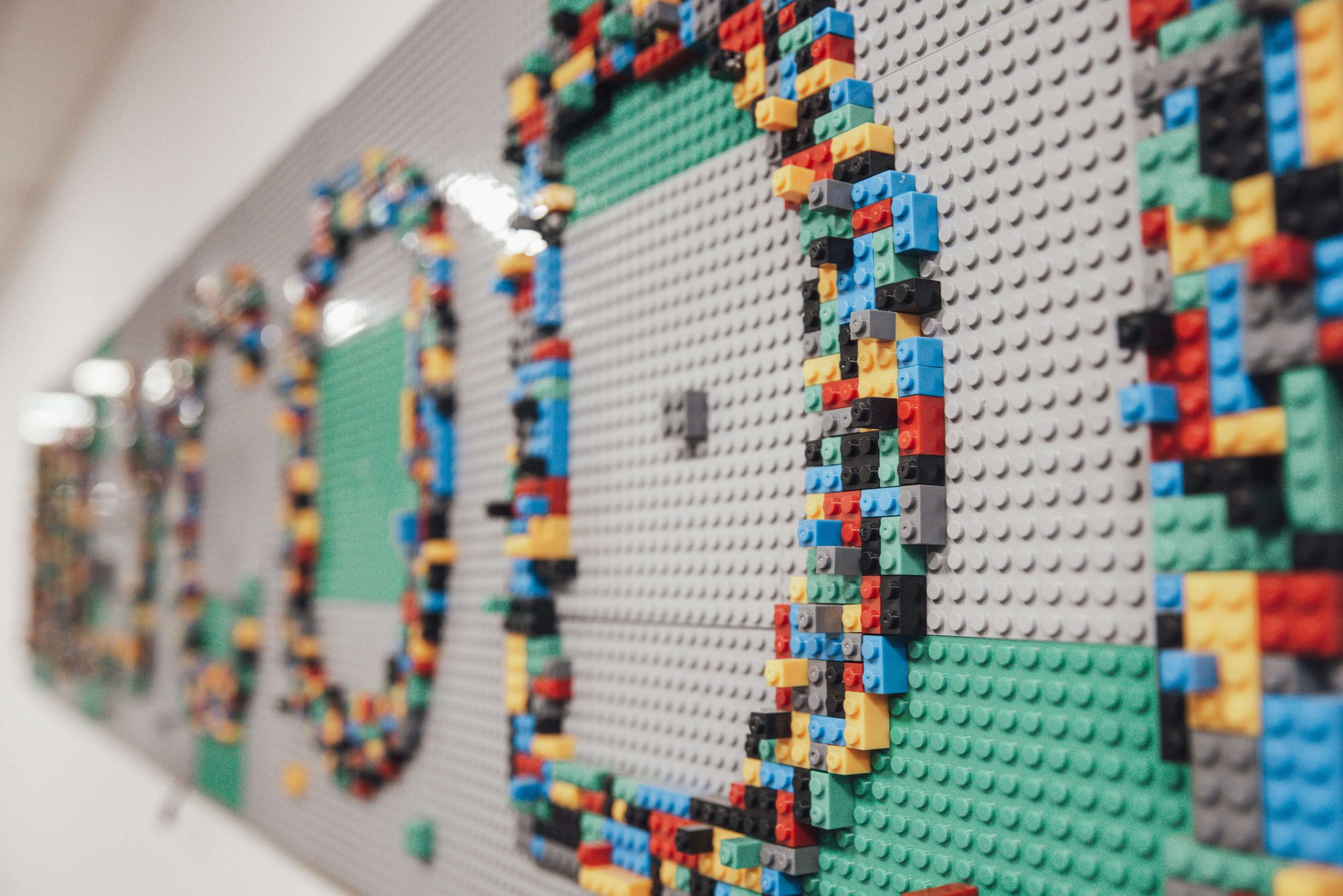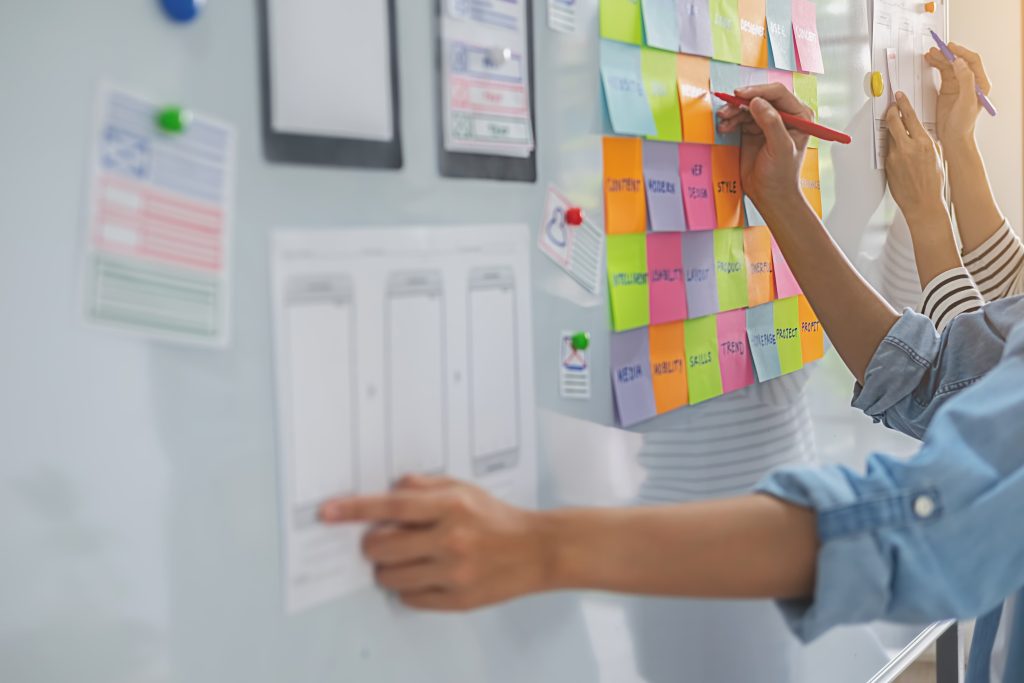Navigating the journey of product development life cycle: From concept to market
An idea popped into your head about this great new product that people will adore. So what’s the next step? Should you start developing it straight away the way you imagined it or should you include some steps before the actual work begins? To help you launch the best possible product on the market, here is what you need to know about the product development life cycle and how to transform your idea into an actual product.

What is the product development life cycle?
Product development life cycle is a process of building a new product, from an idea you have in your mind to launch. This process involves different stages such as idea validation, prototyping, development, and maintenance, which allows you to break down the work needed for your idea to become a product into smaller chunks that are easier to follow. Such an approach is a great way to ensure that each part of your product meets your expectations and that is being delivered on time.
What are the product development life cycle stages?
Depending on the size of the product you have in mind, the product development life cycle can be classified in different ways. It can also vary greatly depending on the industry as well as specific product prerequisites. However, there are 7 steps that are standard in most cases which you can adapt to suit your specific business needs:
- Ideation
- Validation
- Prototyping
- Marketing
- Development
- Launch
- Improvements
Ideation
The first phase in the product development life cycle is ideation or the process of generating new ideas. This is a phase that is heavily focused on creativity while listing your potential customers’ pain points or market opportunities that you can seize. It is a good idea to let your imagination run wild and to write down all your ideas, because even though you will not use them all and not all of them are feasible, it can help you come up with those that are great for your product.
Once you are happy with your ideas, it is time to go through them and gather them in a single document. This is vital because you will need to prioritise your ideas in order to find the best ones that you can actually use to create your product, and if you do not write them down – it becomes rather hard to discuss them with the team providing you with product development services if you cannot remember them.

Validation
Now that you have your ideas ready, it is time to see which ones you can use and which ones you can write off. This is an important step because it can determine what kind of product you will start working on and it can help you save money in the long run. By ensuring that you use only your best ideas and ideas that are actually worth building, you will prevent wasting money on a product that will need a lot of adjustments during phases that come afterwards.
Validation can be done in a number of ways, depending on your preferences and what is deemed to be the best option for your product. You can make assumptions based on market research or you can directly elicit feedback from your customers by presenting your ideas. The goal here is to see whether there is a market for your product and whether your product solves your audience’s pain points. If the answer is yes – you move onto the next phase. If the answer is no, you should go back to ideation to get more ideas.
Prototyping
Once you’ve done your research and found out what your best ideas are, it is now time to build a prototype. Prototyping is an important part of a product development life cycle because it allows you to go from sketches to a simulation of your product fast. By having prototypes you can easily test the features of your product, and see what really works and what doesn’t.
There are two main types of prototypes: low-fidelity prototypes and high-fidelity prototypes. Low-fidelity prototypes are a powerful tool to use in the beginning to validate some additional features or changes without spending extra money or effort on a more elaborate design. High-fidelity prototypes are closer to the final product, and they require more time and effort to complete. But once you have all the information you need, high-fidelity prototypes are a must.
Marketing
With a prototype that resembles your final product, crafting a marketing strategy is what should be done next. Go back to your initial market research and find out more about your ideal customers. You already know their pain points and you offer them a solution, but in this step you need to focus on being more precise and creating buyer personas.
With your target audience and buyer personas ready to be used, you should be able to identify the main marketing channels and a unique value proposition. What you should keep in mind is that you should determine your Key Performance Indicators (or KPI) so you can observe the impact of your marketing efforts. The more information you have, the easier it will be to make your target market use your product.

Development
So far you have managed to have great ideas, strategies and prototypes, but now it is time to actually build your product. By the end of this phase you will have a Minimum Viable Product (MVP), a product that contains only the most essential features.
The MVP development process is iterative, meaning that you can design, develop, test and release product increments to your early users, thus collecting their feedback and adapting or prioritising new features. Needless to say, it is essential that this phase is running smoothly because it is the final step before your big launch, so make sure to find a great nearshore partner to help you with this step.
Launch
This is the phase you’ve been looking forward to. Your product is ready for launch. Everything that was done before this step led you to this moment. Before the launch make sure that everything is running smoothly. Test your product as much as you can, finalise your marketing strategy and get ready to launch.
Once your product is launched, take a step back and observe. Get feedback from users, find out who your customers are. This is all valuable information that allows you to create an even better product, include awesome features and fine-tune everything until you get a perfect product.
Improvements
This phase never really ends as this is an ongoing process. Your launch was merely the beginning of a long journey where you will keep on taking notes on the behaviour of your customers, their feedback and how they use your product.
You will use this information to keep on improving your product, adapting features you have in mind as well incorporating functionalities you come up with later on. And that is the most beautiful part of the product development life cycle – the fact that it never ends.
Ready to bring your ideas to life?
Now that you know exactly what it takes to transform an idea into a product loved by many, there is nothing stopping you from reaching your goals. The only thing missing is a trusted partner that can enable you to reach your business goals. The Holycode team can do that. All you have to do is get in touch and share your ideas with us. We can take you through the entire product development life cycle seamlessly and smoothly.
Get in touch with us and tell us about your ideas today.
Let’s start achieving excellence together
Get in touch with our experts today to turn your ideas into reality and accelerate business growth.




